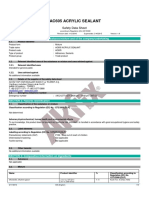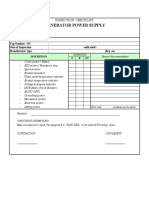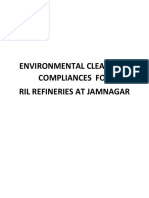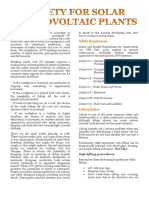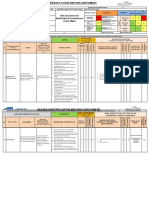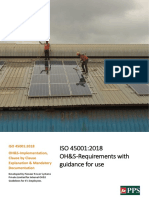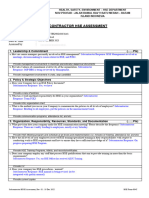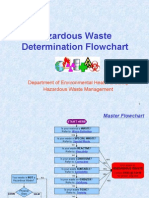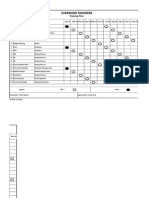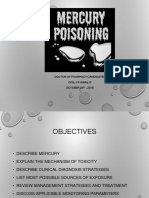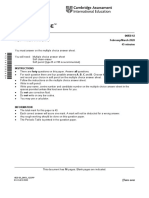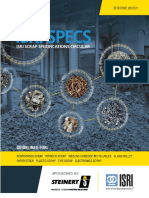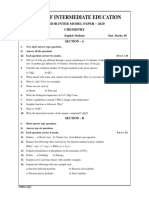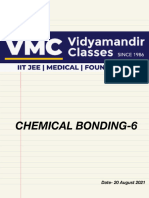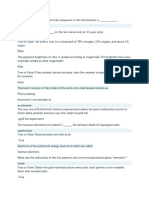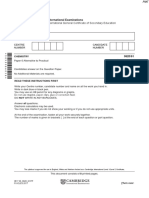0% found this document useful (0 votes)
394 views56 pagesMercury Safety and Health Guide
This document provides information on mercury (Hg) including its properties, historic and current uses, health effects, and safety considerations. It discusses Hg's liquid state at room temperature, its various forms including elemental, organic and inorganic, and its historic uses in hat making, mining, medicine and more. The document outlines potential in-home exposures from items like thermometers, fluorescent bulbs, and dental fillings. Health effects of Hg poisoning are summarized, covering acute respiratory, gastrointestinal and neurological symptoms from inhalation or ingestion. Chronic exposures may damage the kidneys, nervous system and muscles long-term.
Uploaded by
Ika Dalu PrasetyawanCopyright
© © All Rights Reserved
We take content rights seriously. If you suspect this is your content, claim it here.
Available Formats
Download as PPTX, PDF, TXT or read online on Scribd
0% found this document useful (0 votes)
394 views56 pagesMercury Safety and Health Guide
This document provides information on mercury (Hg) including its properties, historic and current uses, health effects, and safety considerations. It discusses Hg's liquid state at room temperature, its various forms including elemental, organic and inorganic, and its historic uses in hat making, mining, medicine and more. The document outlines potential in-home exposures from items like thermometers, fluorescent bulbs, and dental fillings. Health effects of Hg poisoning are summarized, covering acute respiratory, gastrointestinal and neurological symptoms from inhalation or ingestion. Chronic exposures may damage the kidneys, nervous system and muscles long-term.
Uploaded by
Ika Dalu PrasetyawanCopyright
© © All Rights Reserved
We take content rights seriously. If you suspect this is your content, claim it here.
Available Formats
Download as PPTX, PDF, TXT or read online on Scribd
/ 56

